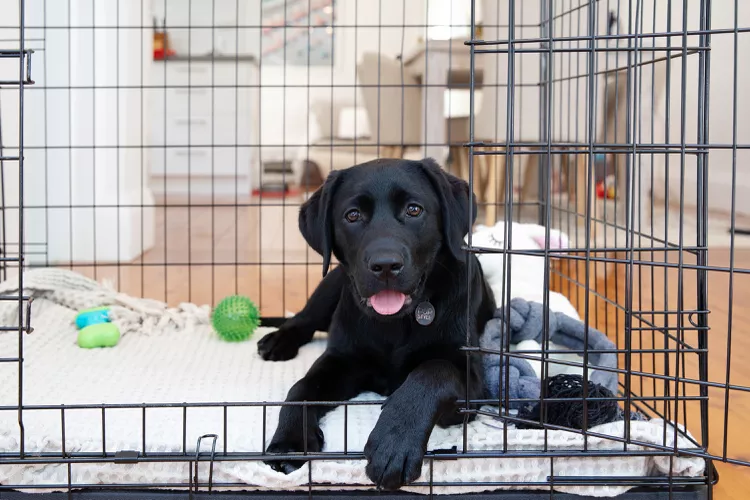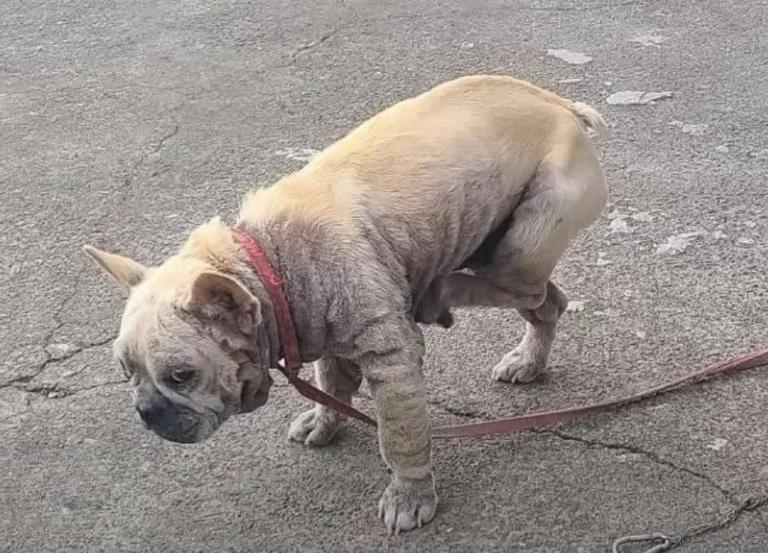Housebreaking, or housetraining, is one of the first major tasks for new puppy owners. While the term “housebreaking” is commonly used, I prefer “housetraining” as it reflects a more positive, collaborative approach. Instead of seeing it as a process of breaking habits, view it as an opportunity for teaching your puppy appropriate bathroom behaviors.
Housebreaking involves teaching your puppy where and when it is acceptable to go potty. Much like potty training a child, it requires patience, consistency, and positive reinforcement, rather than punishment, which can hinder the process.
How to Housebreak Your Puppy
Here are the essential steps to effectively housebreak your puppy:
1. Teach Your Puppy Where to Potty: Designate a specific area for your puppy to use as the bathroom. Consistently take your puppy to this spot and use a consistent command, such as “outside” for outdoor training or “potty area” for indoor training. Reward your puppy with treats shortly after it goes potty in the right place.

2. Teach Your Puppy Where Not to Potty: It’s crucial to redirect your puppy gently without using fear or punishment. If your puppy tries to go potty in the wrong place, calmly guide it to the correct area.
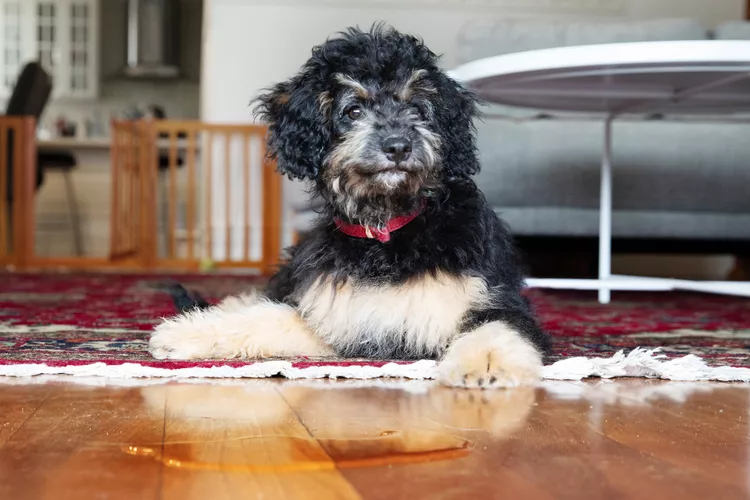
3. Teach Your Puppy to Hold It: Confinement is key when you can’t supervise your puppy. Use a crate or exercise pen to limit your puppy’s access to the house, which helps it learn to hold its bladder. When indoors and you can supervise, use a leash to keep your puppy close.
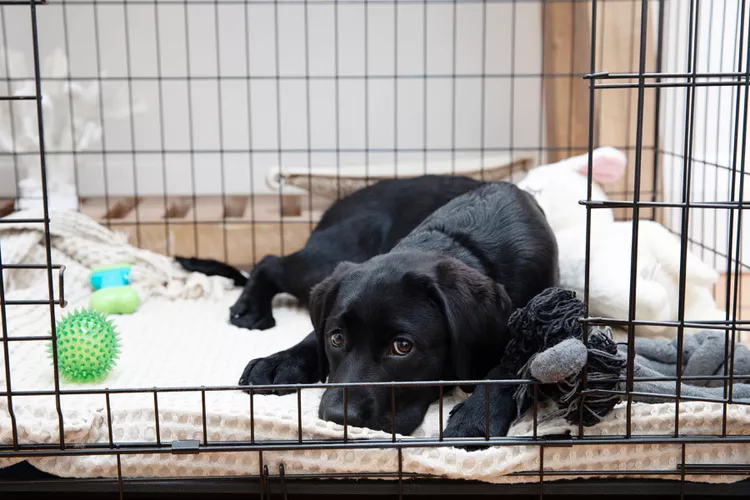
4. Teach Your Puppy to Alert You: Train your puppy to signal when it needs to go outside or to the potty area. Using a bell that your puppy can ring is often more effective and less stressful than barking or scratching at the door.
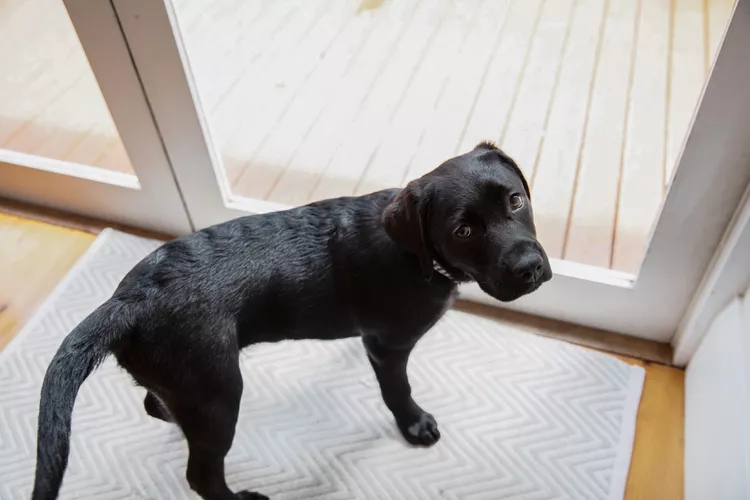
5. Use a Consistent Command: Choose a phrase that you and your family can use consistently, such as “go potty” or “do your business.” This helps your puppy associate the command with the action of going to the bathroom.

Equipment You’ll Need
- High-quality puppy food
- A collar or harness and a leash
- A crate or exercise pen for confinement
- Potty pads or litter boxes for indoor training, or a designated outdoor area
- Small, tasty treats for rewards
- Carpet cleaner for accidents
- Patience and a sense of humor
Tips for Successful Housebreaking
- Feed on a Schedule: Regular feeding times lead to predictable potty times, making it easier to manage your puppy’s bathroom needs.
- Crate Training: A small crate next to your bed can help your puppy feel secure and prevent accidents during the night. For longer periods, an exercise pen can provide a safe space.
- Choose a Command: Pick a phrase that everyone in the household can use consistently.
Troubleshooting
If your puppy is not consistently using the potty area, try moving the potty pad or box closer to where the puppy spends most of its time, then gradually relocate it closer to the door or outside as it learns. If you find it challenging to monitor your puppy, consider using a bell on its collar or a leash to track its movements. If excessive urination persists, consult a veterinarian to rule out medical issues.
By following these steps and maintaining a consistent approach, you can effectively housebreak your puppy, setting the stage for a well-trained and happy companion.

